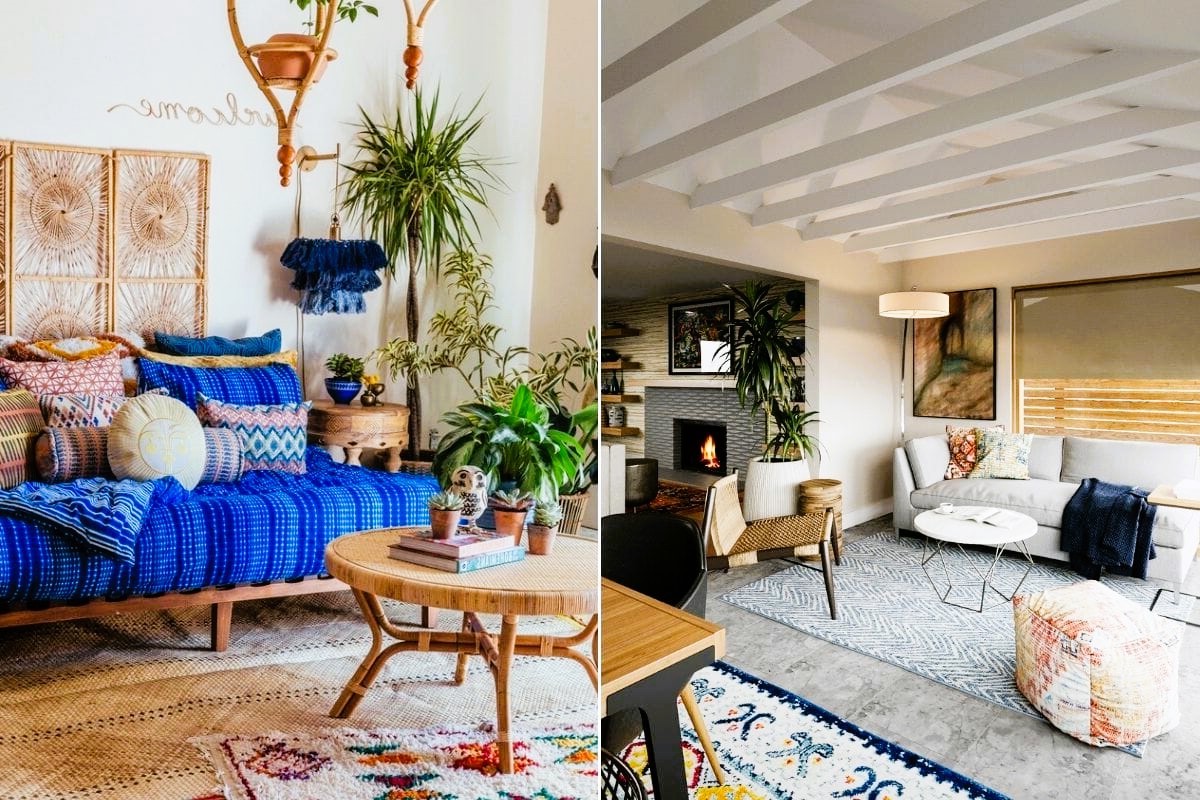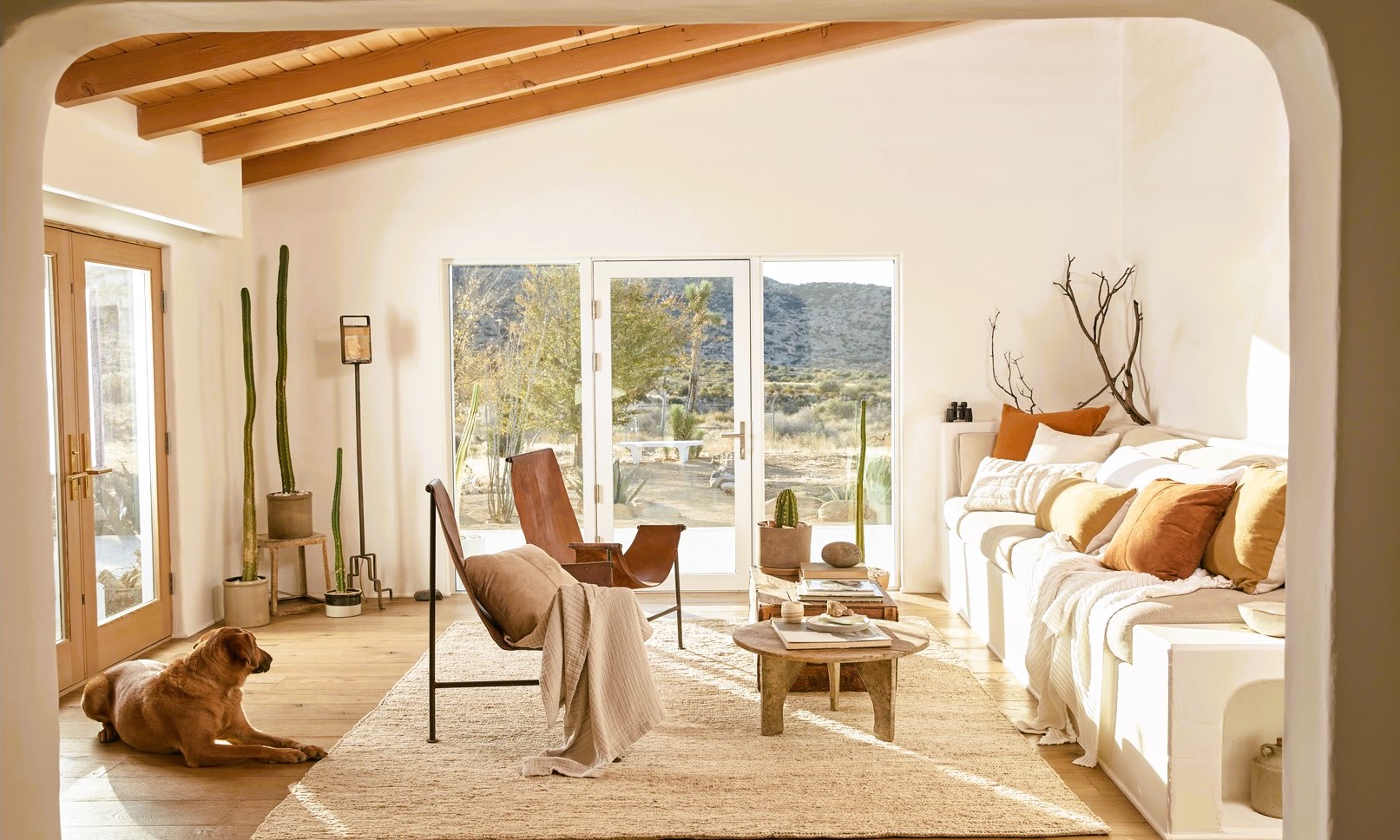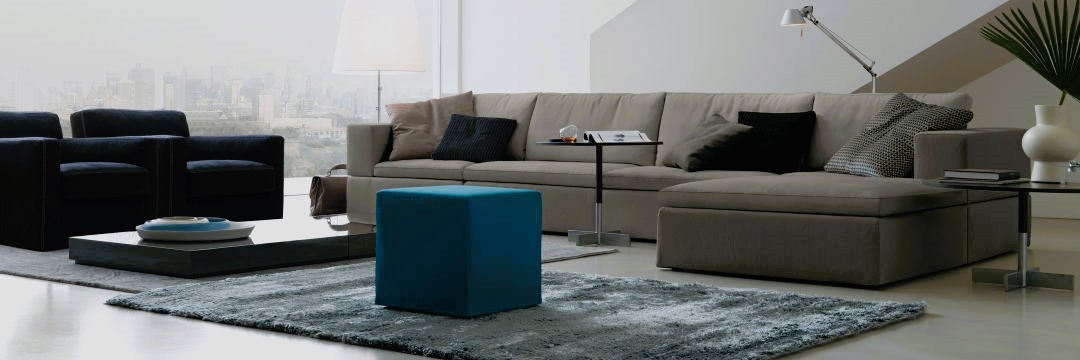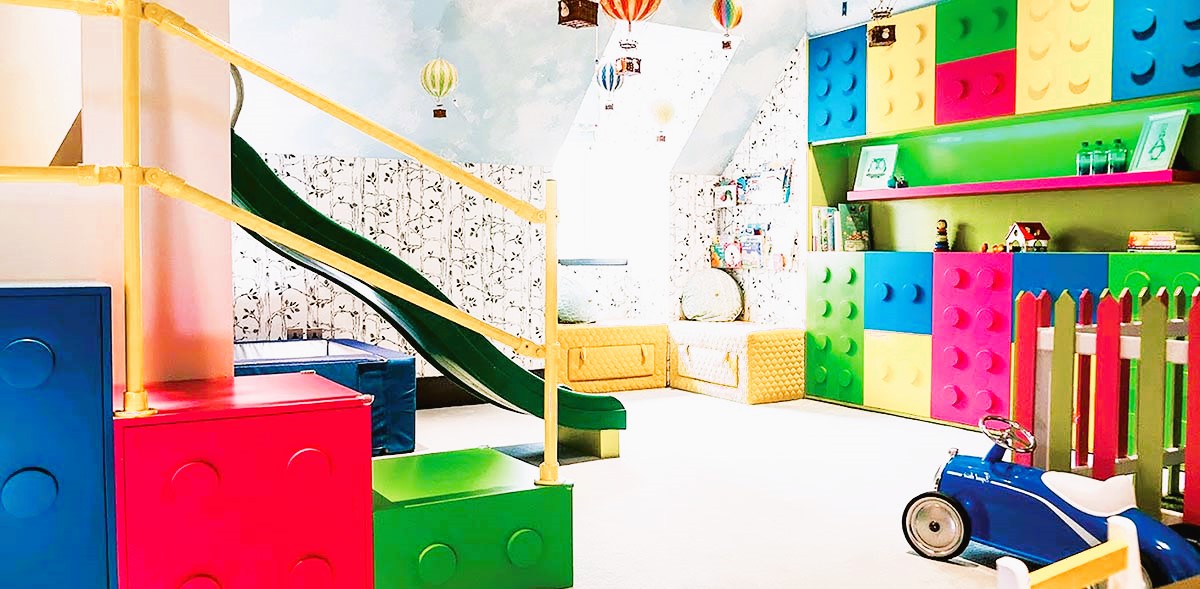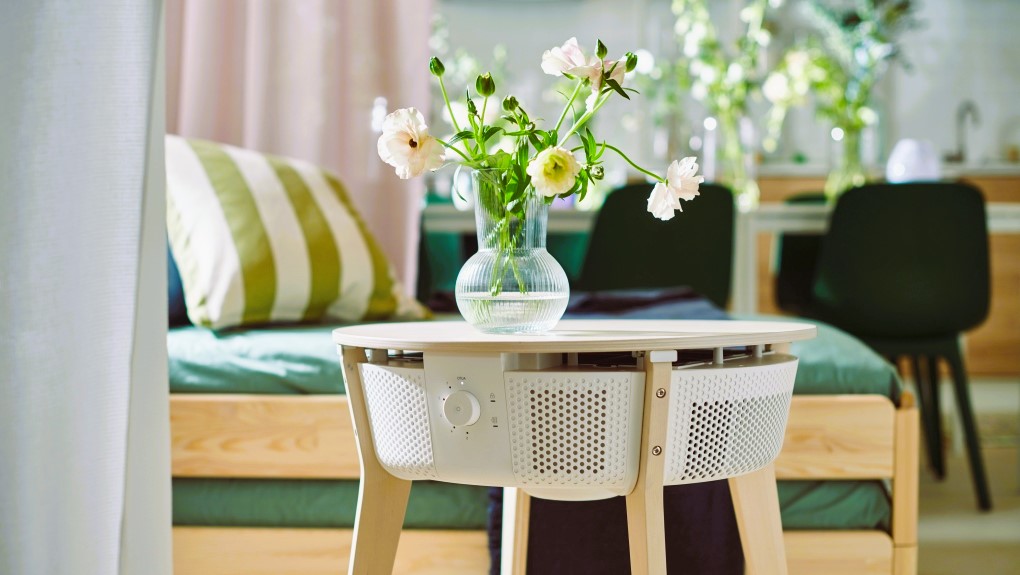Eco-Friendly Furniture Options: Sustainable Picks at Interfaith
Looking to furnish your home without compromising your values — or the planet? At Interfaith, we believe your furniture should not only look beautiful but also reflect a deeper commitment to sustainability. That’s why we’ve curated a collection of eco-friendly pieces that combine thoughtful design, lasting comfort, and a lighter environmental footprint.
Whether you’re revamping your space or furnishing a new one from scratch, this guide highlights some of our favorite sustainable furniture picks and offers tips on what makes furniture truly eco-conscious.
What Makes Furniture Eco-Friendly?
Eco-friendly furniture is about more than just using recycled materials — it’s about responsible choices from start to finish. At Interfaith, we look for:
- Sustainably sourced materials like FSC-certified wood, bamboo, or reclaimed timber
- Low-VOC or water-based finishes that help keep your indoor air cleaner
- Durable craftsmanship designed to last for years (not just one trend cycle)
- Recycled or recyclable components, reducing landfill waste
- Ethical production, supporting fair labor and transparent sourcing
We only work with brands that take sustainability seriously — not just in materials but in how they treat people and the planet.
Our Favorite Eco-Friendly Furniture Picks for 2025
Here are some of the standout sustainable pieces you’ll find at Interfaith this year:
1. Arbor Reclaimed Wood Dining Table
Crafted entirely from reclaimed pine and finished with non-toxic water-based sealants, this table blends rustic charm with modern durability.
2. Willow Organic Cotton Sofa
Wrapped in breathable, GOTS-certified organic cotton, this plush sofa features a solid, sustainably harvested wood frame. It’s cozy, classic, and clean.
3. Terra Bamboo Sideboard
Made from fast-growing, renewable bamboo, the Terra offers sleek storage for any modern or minimalist space.
4. Luna Recycled Plastic Outdoor Chair
Who says outdoor furniture can’t be stylish and sustainable? Made from 100% post-consumer plastic, the Luna is weather-resistant, easy to clean, and perfect for patios.
5. Nest Wool & Wood Accent Chair
This Scandinavian-inspired chair features an FSC-certified ash wood frame paired with OEKO-TEX wool blend upholstery — cozy, stylish, and conscious.
Quick Comparison: Sustainable Picks at a Glance
| Product | Main Material | Eco Certs | Best For | Key Feature |
|---|---|---|---|---|
| Arbor Dining Table | Reclaimed Pine | FSC | Dining rooms | Rustic style with modern polish |
| Willow Sofa | Organic Cotton + Wood | GOTS, Low-VOC | Living spaces | Breathable and nontoxic comfort |
| Terra Sideboard | Bamboo | Fast-renewable | Multi-room storage | Sleek and minimalist design |
| Luna Outdoor Chair | Recycled Plastic | Post-consumer | Outdoor setups | Durable and low-maintenance |
| Nest Accent Chair | FSC Wood + OEKO Wool | FSC, OEKO-TEX | Reading nooks | Earthy textures with clean lines |
Why Choose Sustainable Furniture?
Choosing eco-friendly furniture is about more than just aesthetics — here’s why it matters:
- Lower Environmental Impact: Reduces deforestation, waste, and harmful chemicals
- Healthier Living: Low-VOC finishes keep your air cleaner indoors
- Better Longevity: Sustainable materials tend to hold up better over time
- Ethical Production: Supports brands with fair labor practices and responsible sourcing
How to Shop Sustainably at Interfaith
Here’s how to make smart, sustainable choices when browsing our collection:
- Look for certifications like FSC, GOTS, or OEKO-TEX
- Filter by material to explore bamboo, reclaimed wood, recycled fabrics, and more
- Ask our team for details — we’re happy to share how every item is made
- Choose timeless over trendy to reduce waste and refresh less often
Frequently Asked Questions
Q: Is eco-friendly furniture more expensive?
Not always. Some items may cost more upfront, but their durability means they often save money in the long run.
Q: Does Interfaith carry certified sustainable furniture?
Yes — many of our items are certified by organizations like FSC, GOTS, or OEKO-TEX. Check the product details or ask our staff.
Q: Are recycled materials really durable?
Definitely. Many are engineered to last longer than traditional materials and resist wear and tear.
Q: Can I recycle my old furniture through Interfaith?
We’re working on a recycling program! In the meantime, consider donating or repurposing to keep old furniture out of landfills.
Q: Is bamboo really eco-friendly?
Yes — bamboo grows incredibly fast and doesn’t require replanting, making it a smart choice for sustainable furniture.
Final Thoughts
Furnishing your home with eco-friendly pieces doesn’t mean sacrificing style — it means embracing design that’s smarter, cleaner, and more responsible. Whether you’re drawn to the natural warmth of reclaimed wood or the durability of recycled materials, our Interfaith collection has something to match your values and your vision.
Ready to design a home that reflects your love for the planet?
Browse our eco-friendly furniture picks today and bring sustainability into every room you live in.

